1. Bold, Patterned Wallpaper Everywhere
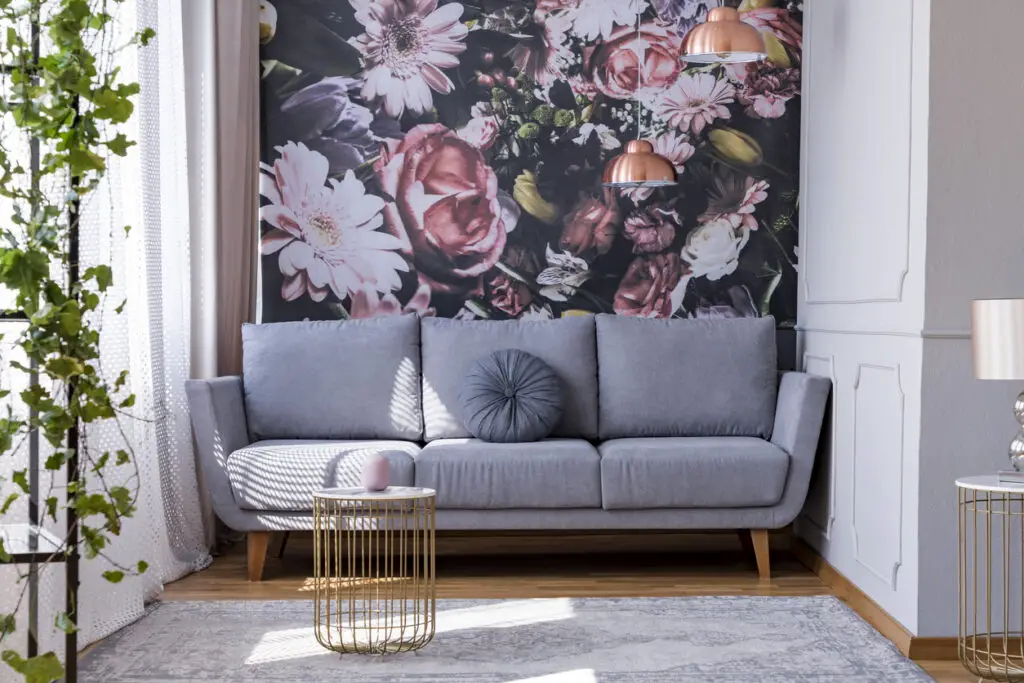
Designers are divided on the resurgence of bold, patterned wallpaper. While some praise its ability to add drama and character, others feel it can easily overwhelm a space. Critics argue that it’s a trend that could quickly feel dated, especially in small or busy rooms. Supporters recommend using it sparingly, like on an accent wall or in powder rooms, to strike a balance. The key is to pick patterns that truly resonate with your style rather than chasing a fleeting trend. For those skeptical, peel-and-stick options offer a low-commitment way to try it out.
2. Oversized Furniture in Small Spaces
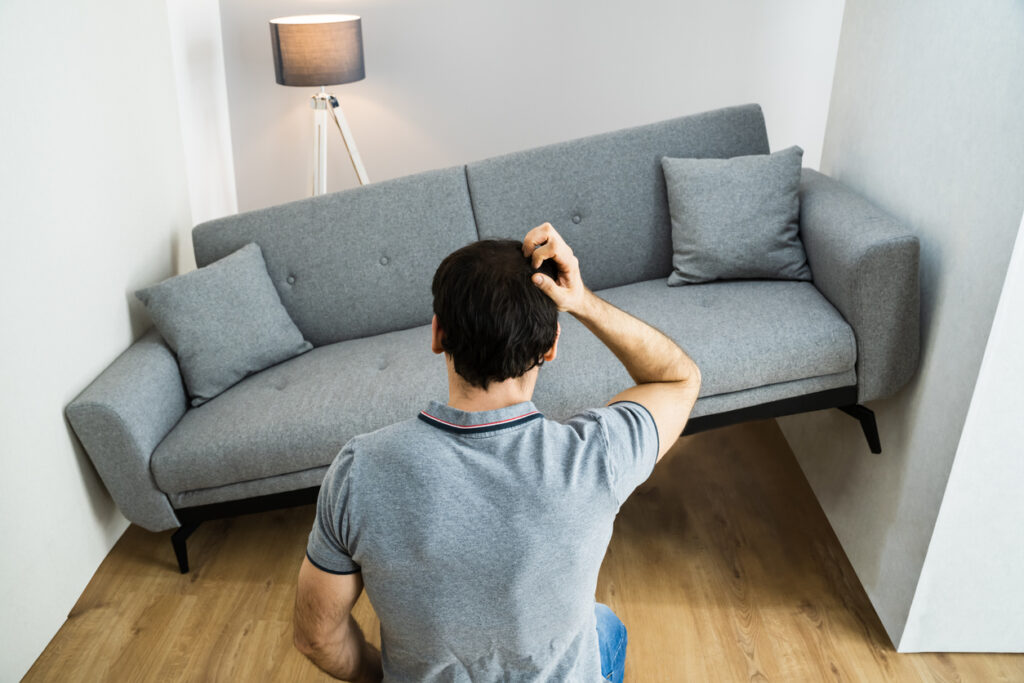
The trend of oversized, plush sofas and chairs has stirred up controversy among designers. While it creates a cozy, lived-in vibe, many argue that it can make small spaces feel cramped and unbalanced. Designers suggest that scaling furniture to the room’s dimensions is crucial to maintaining harmony. If you love this trend, consider incorporating one oversized piece as a focal point while keeping other elements streamlined. Proper space planning and leaving negative space can prevent your home from looking overcrowded.
3. Open Shelving in Kitchens
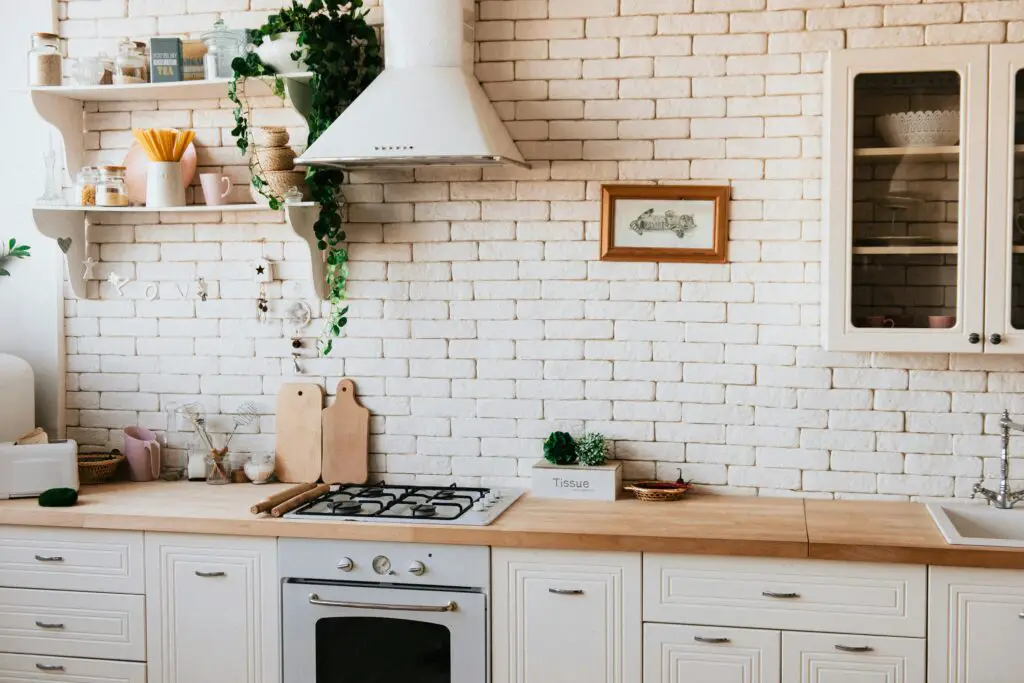
Open shelving continues to polarize designers in 2025. While it offers a chance to showcase stylish dishes and decor, critics argue it can lead to clutter and maintenance headaches. Dust and grease can accumulate quickly in busy kitchens, making upkeep a challenge. Designers in favor suggest using open shelves for items you use daily, as they’ll stay cleaner with frequent use. For those hesitant, mixing closed cabinets with minimal open shelving might provide the best of both worlds.
4. All-Beige Interiors
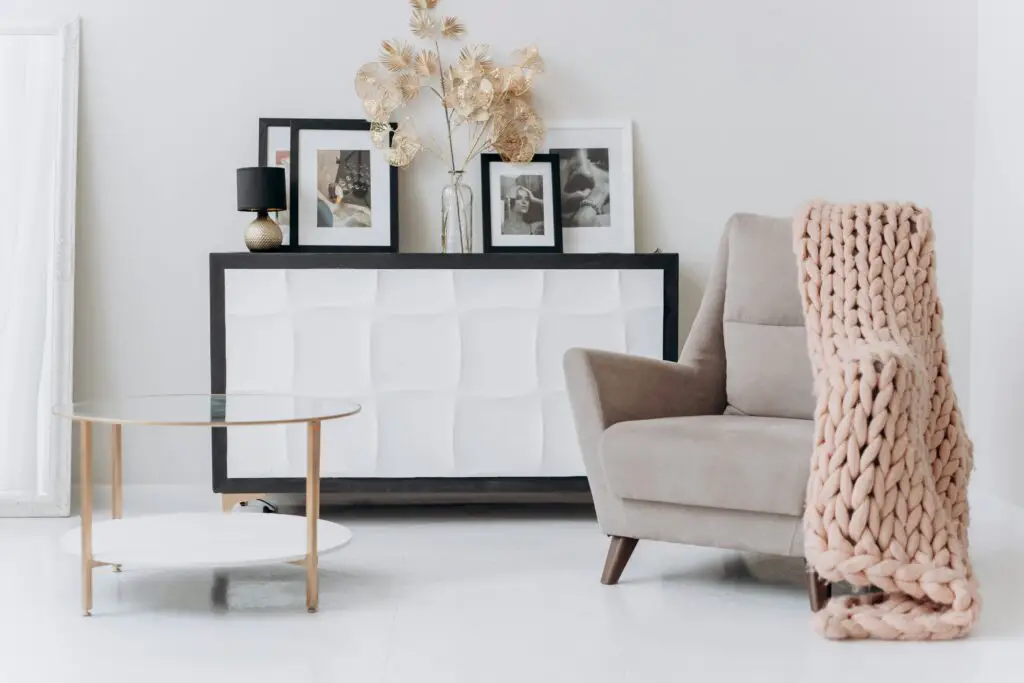
The minimalist, monochromatic beige trend is still going strong, but not everyone is thrilled. Detractors feel it lacks personality and risks making a home feel bland or clinical. Advocates argue that beige provides a calming, neutral backdrop that allows flexibility with accents. To avoid monotony, designers recommend layering textures like knits, wools, and wood finishes to add depth. Pops of color through art, plants, or throw pillows can also break up the beige while maintaining a serene aesthetic.
5. The Return of Carpeted Floors
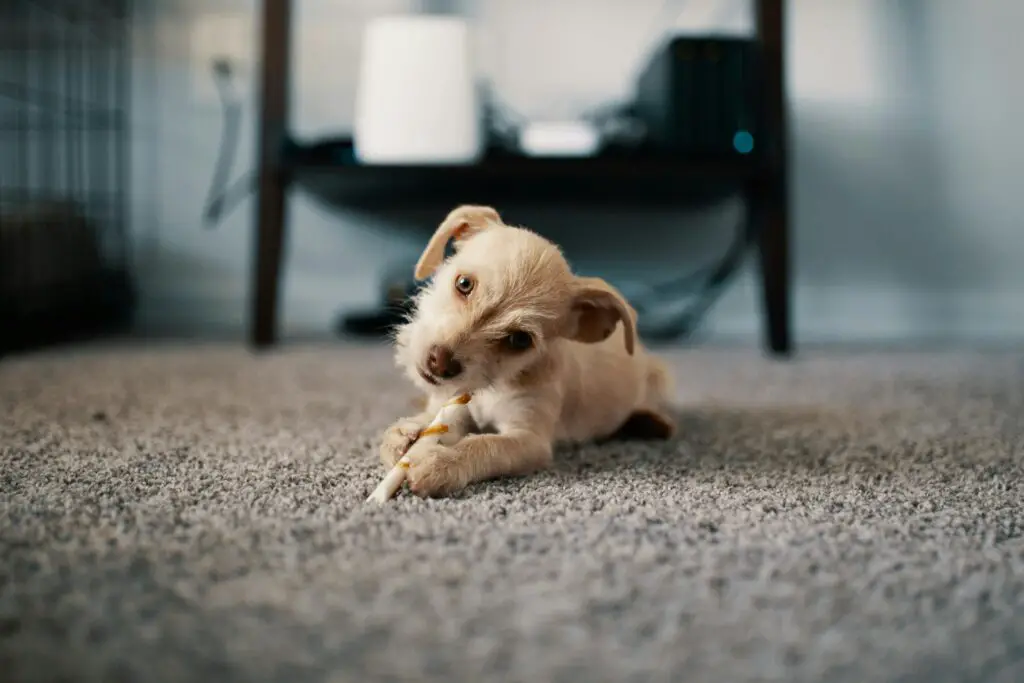
Carpet is making a surprising comeback, sparking a mix of excitement and skepticism. Fans highlight its softness, warmth, and soundproofing qualities, particularly for bedrooms and living areas. However, many designers point out that carpet is less durable and harder to clean compared to hardwood or tile. The consensus is to be strategic: opt for high-quality, stain-resistant options and consider neutral shades for a timeless appeal. Rugs layered over hardwood floors remain a popular compromise for those who want both warmth and versatility.
6. Dark, Moody Kitchens
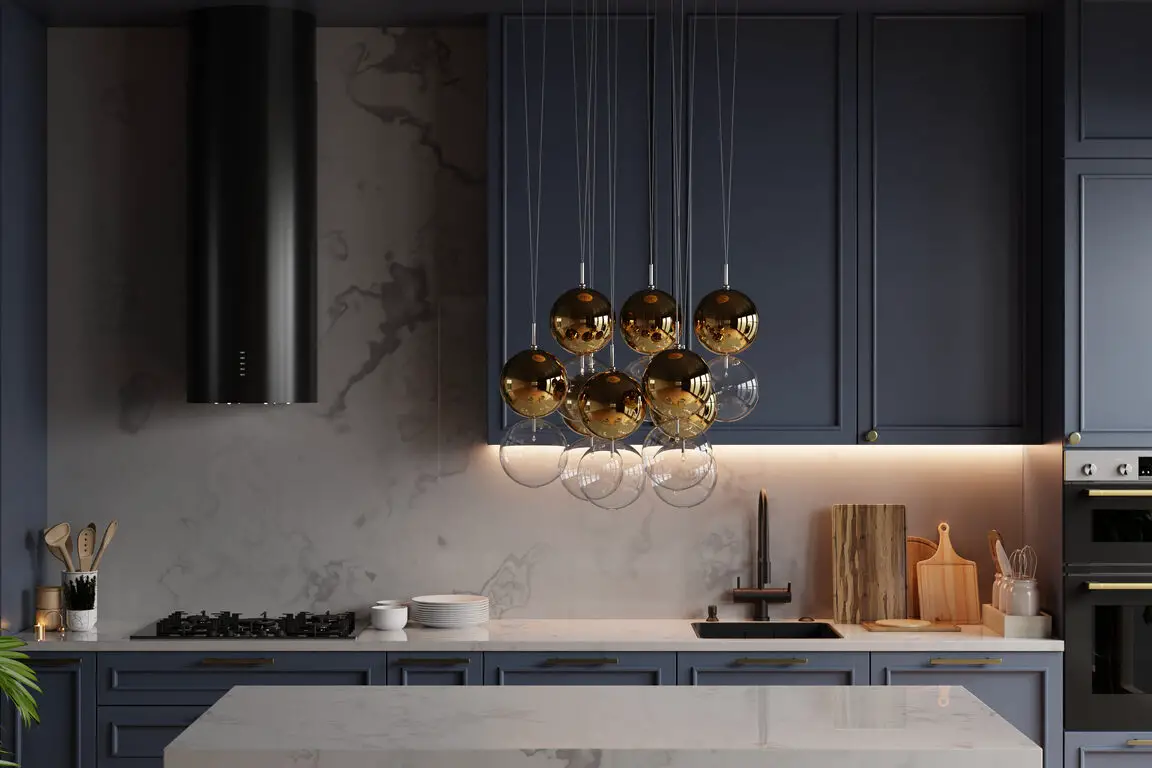
Dramatic kitchens with black or deep-colored cabinetry and countertops are a hot topic among designers. Supporters love their sophisticated, high-end look, but critics worry they can make a space feel too heavy or dim. The trick is balancing the darkness with lighter elements like walls, backsplashes, or floors to prevent the space from feeling oppressive. Strategic lighting is also essential to keep these kitchens functional and inviting. If you’re intrigued but hesitant, try dark cabinetry on the lower half and lighter tones above.
7. Wall-to-Wall Murals

Custom, large-scale murals are taking center stage in home design, but not everyone is on board. While they’re undeniably striking and personal, some designers caution that they’re too specific and could limit future decor flexibility. Supporters argue that murals can transform a room into a work of art, making a bold personal statement. For those unsure, starting with a smaller mural in a less prominent area like a home office or hallway can be a low-risk way to experiment. Always ensure the mural aligns with your long-term style preferences.
8. Indoor Gardens and Living Walls
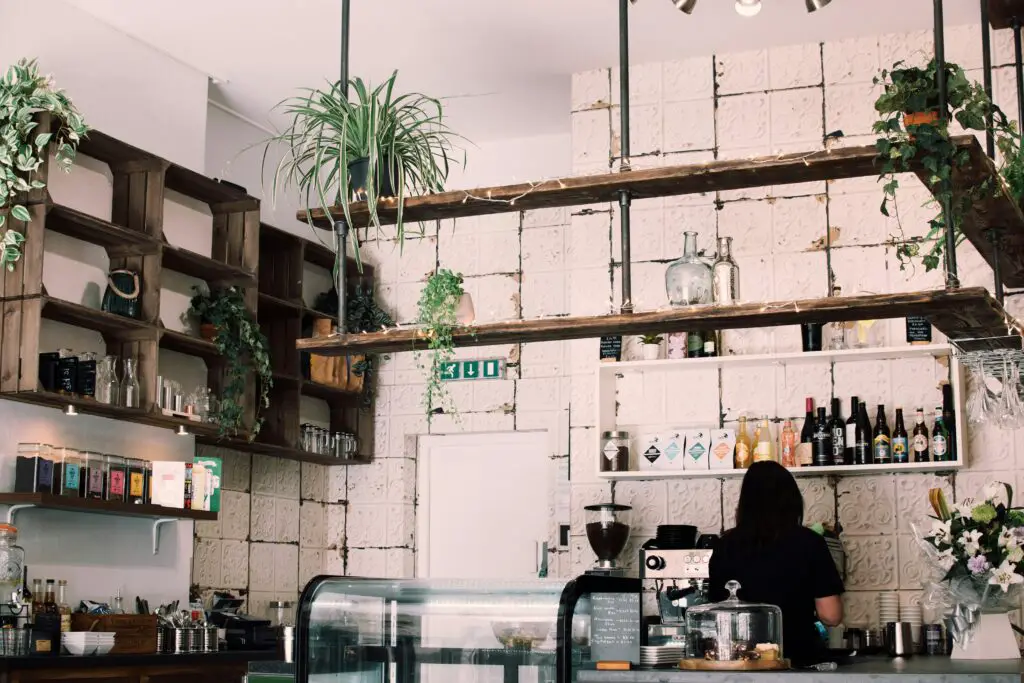
Bringing nature indoors with lush greenery and living walls has been a divisive trend. Advocates appreciate their ability to purify air and create a tranquil atmosphere, but skeptics point to maintenance challenges and potential issues like pests or mold. To make this trend work, designers recommend starting with easy-care plants like pothos or snake plants and investing in proper irrigation systems for living walls. For a lower-maintenance option, consider faux plants or botanical-themed decor that still brings the outdoors in.
9. Ultra-High Gloss Finishes
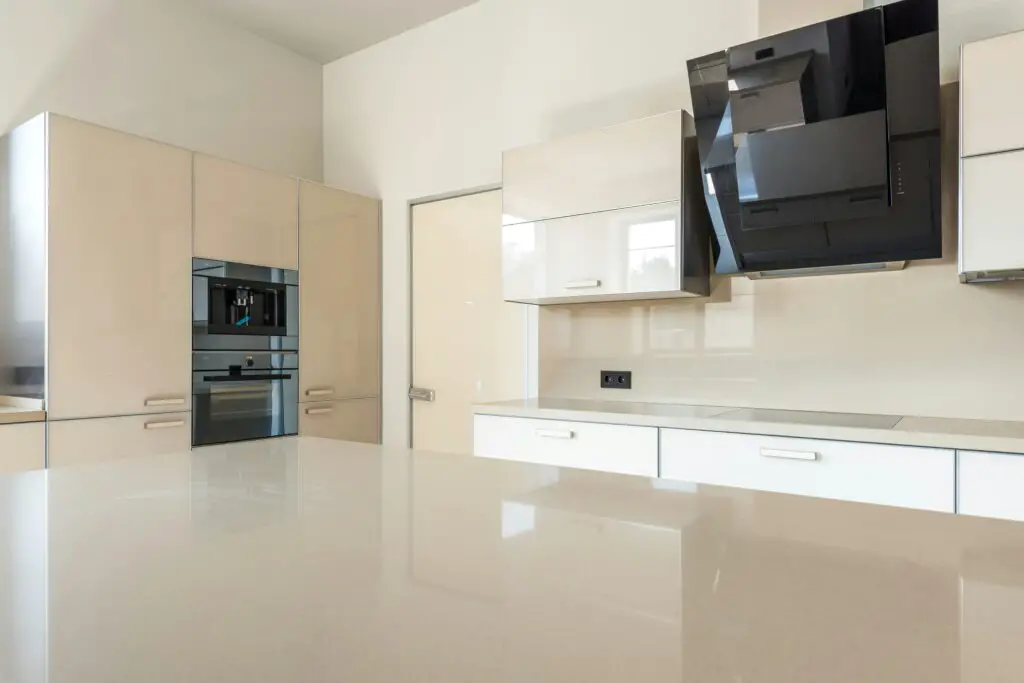
Shiny, high-gloss finishes on furniture, cabinetry, and walls are a polarizing choice for 2025. Proponents love the sleek, modern vibe and how they reflect light, brightening up spaces. Critics argue they can feel cold, sterile, or even tacky if overdone. To embrace the trend without overcommitting, designers suggest mixing gloss with matte finishes for a more balanced look. High-gloss accents, like a single piece of furniture or a feature wall, can add a touch of glamour without overwhelming.
10. Maximalist Decor Overload
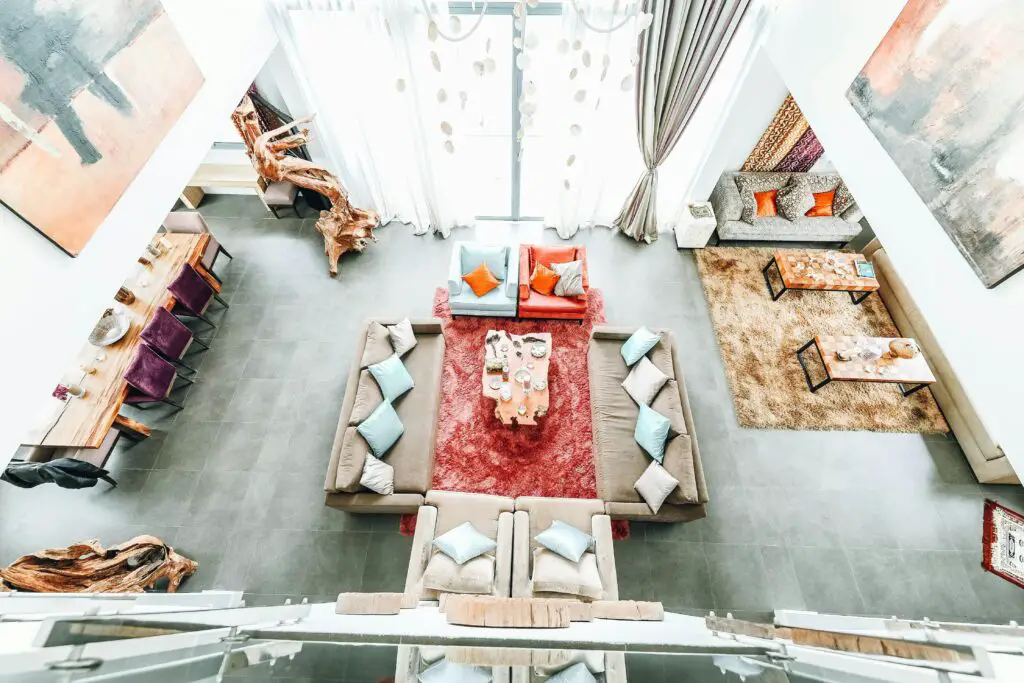
Maximalism, with its “more is more” philosophy, has sparked heated debates among designers. While some celebrate its freedom of expression and vibrant personality, others caution against its potential to look chaotic and cluttered. If you’re drawn to maximalism, the trick is curating pieces that feel intentional rather than random. Layering patterns, textures, and colors thoughtfully can create a cohesive yet dynamic look. Editing regularly and leaving some visual breathing room can keep the style from feeling overwhelming.
11. Vintage-Inspired Bathrooms
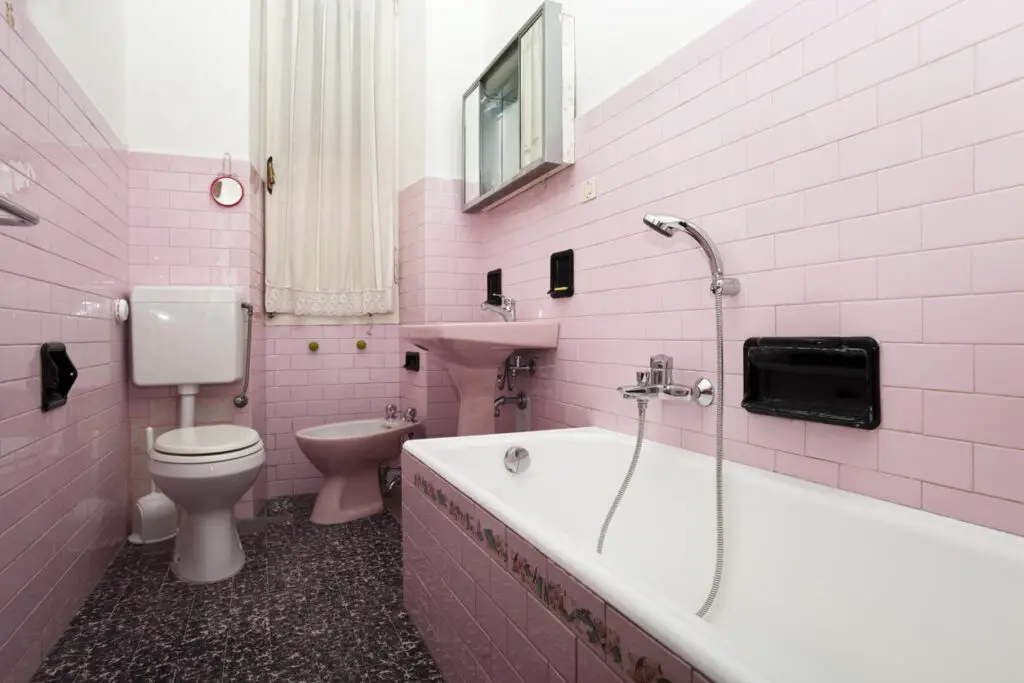
Retro bathrooms with clawfoot tubs, pastel tiles, and brass fixtures have made a nostalgic comeback. Supporters love the charm and character, but detractors warn that overly vintage designs might not appeal to future buyers. To strike a balance, designers suggest incorporating vintage elements sparingly and pairing them with contemporary features for a timeless look. Updating plumbing and finishes to modern standards can ensure functionality while maintaining vintage aesthetics.
12. Tech-Heavy Smart Homes
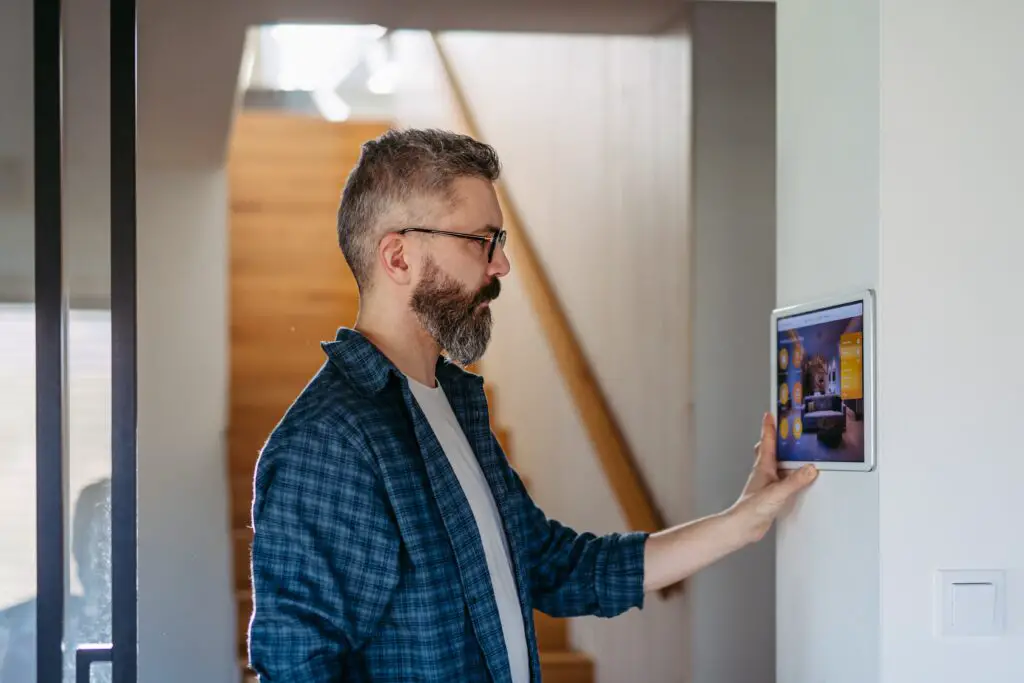
Smart home technology, from voice-activated appliances to automated lighting, divides designers in 2025. While many applaud its convenience and efficiency, others worry it can make homes feel impersonal or overly complex. To avoid a tech-overload, designers recommend focusing on systems that genuinely enhance your lifestyle without overwhelming you. Balancing high-tech elements with warm, natural materials can help maintain a welcoming atmosphere. Always consider privacy and security when incorporating smart devices.
13. Neon Lighting as Decor
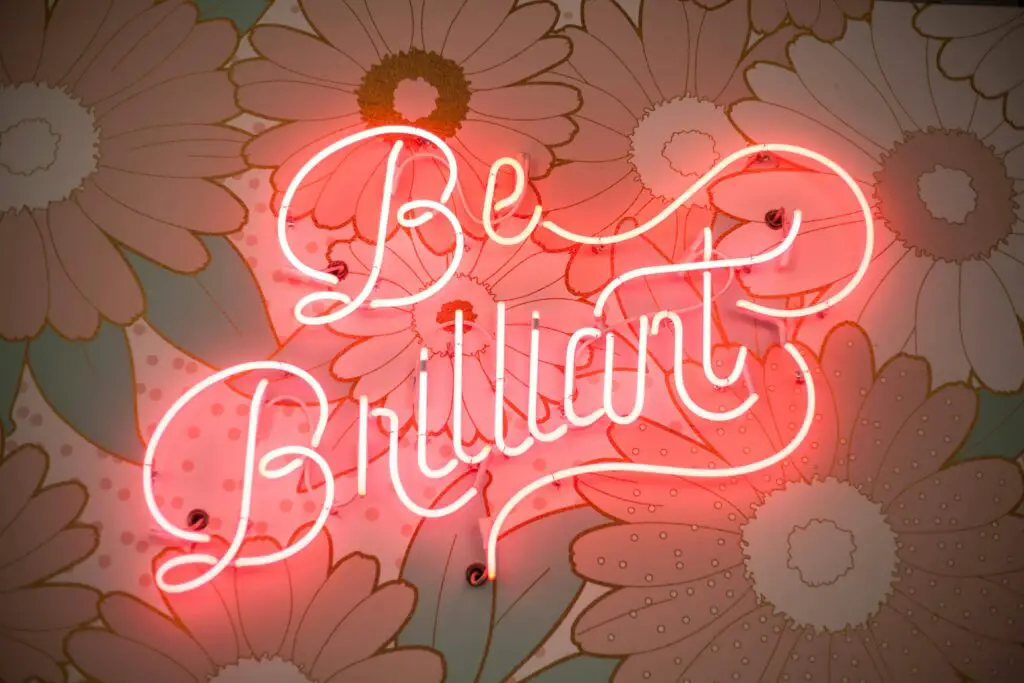
Neon signs and lighting fixtures have burst onto the home decor scene, but not without controversy. Fans love their playful, retro vibe and ability to make a statement, while critics argue they can feel gimmicky or out of place in more traditional settings. If you’re intrigued, designers suggest starting small with a subtle piece in a casual space like a home bar or game room. Choosing designs with personal meaning can make neon lighting feel more intentional rather than trendy.
